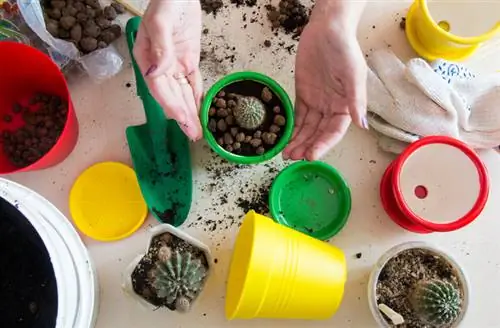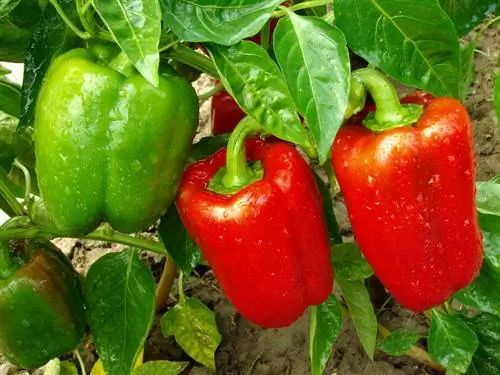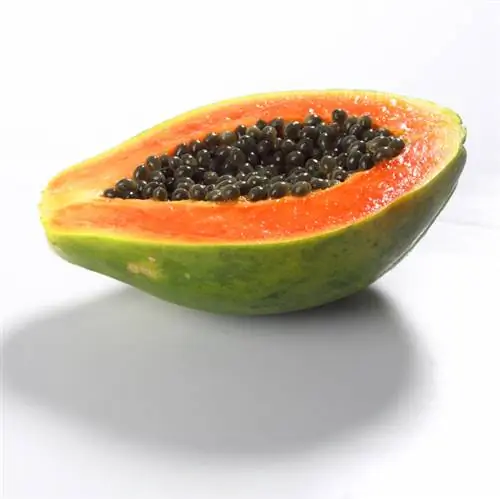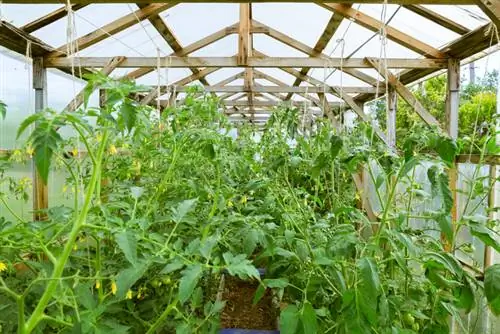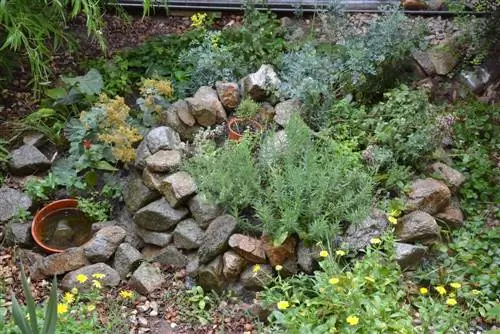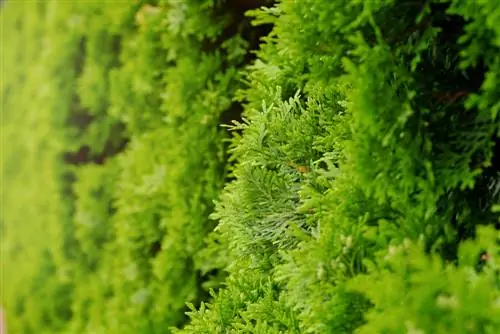- Author admin [email protected].
- Public 2023-12-16 16:46.
- Last modified 2025-06-01 06:02.
Given the diverse shapes and sizes of more than 1,800 species of cacti and countless varieties, the right pot must be chosen carefully. A head-high columnar cactus places different demands on the perfect plant container than a delicate spherical cactus. We would be happy to explain to you which aspects will help you make the right choice.
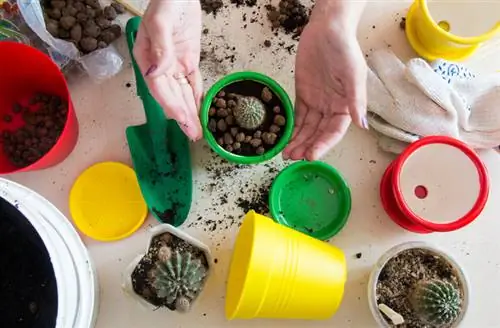
What should you pay attention to when choosing a cactus pot?
The right pot for cacti should match the growth habit, roots and size of the plant. Choose a pot with a bottom opening, appropriate diameter and depth. Materials such as clay provide additional ventilation, while plastic ensures more even moisture distribution.
Criteria for the right pot at a glance
The growth habit, roots and size of a cactus are decisive for the optimal plant container. A gigantic columnar cactus requires a stable, tip-proof pot. Shallow-rooters want a wide, flat shape, which beetrooters cannot cope with. We have summarized all the important premises for you here:
- Pot diameter for cacti smaller than 100 cm is a third of the height
- Pot diameter for larger cacti corresponds to a quarter or at least a sixth of the plant height
- Shallow-rooted species favor planting bowls
- Beet roots go into a deep bucket
For ball cacti, please choose the pot size so that there is one to two finger-widths of space between the edge and the plant body. In this way you can also ensure that the water does not constantly spill over when watering.
No pot without a bottom opening
No matter how perfectly the dimensions and shape of a pot correspond to the ideal conditions, leave it on the left if there is no opening in the bottom. Without water drainage, waterlogging is inevitable, which no cactus can survive in the long term.
Clay or plastic? - Advantages and disadvantages in brief
The decision between a cactus pot made of clay or plastic is not just a question of taste. Furthermore, the nature of the material influences care. The following overview gives you all the important advantages and disadvantages:
- Advantages of clay: decorative and thanks to the porous material with additional air supply for the roots
- Disadvantages of clay: more frequent watering required, possible evaporative cooling
- Advantages of plastic: lower evaporation, even distribution of moisture
- Disadvantages of plastic: no additional ventilation of the root ball, less frequent watering
A cactus pot made of black plastic also has the disadvantage that it can heat up extremely under direct sunlight.
Tip
The right decision for a cactus pot comes to nothing if it is filled with normal potting soil. As succulents, cacti want a lean, permeable soil that contains a large proportion of mineral components. A mix of leaf compost, clay, pumice gravel (€17.00 at Amazon), lime-free quartz sand and perlite breathing flakes has proven itself well in practice.

